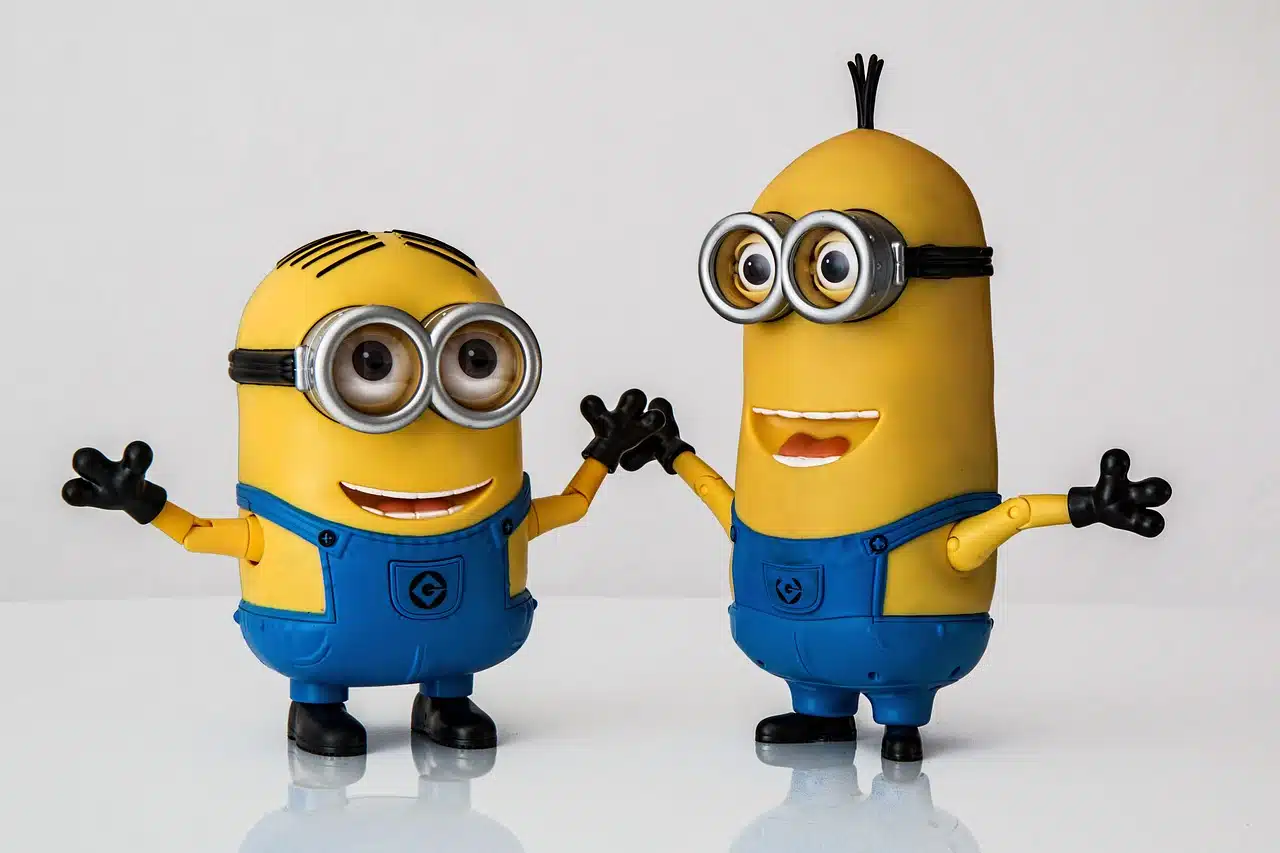In today’s fast-paced digital world, animation isn’t just for Saturday morning cartoons or big-screen blockbusters anymore. It’s a powerful tool that can captivate audiences, convey complex ideas, and breathe life into your projects. Whether you’re an aspiring animator looking to break into the industry or a seasoned pro aiming to up your game, you’re in the right place.
In this blog post, we’ll dive into expert tips and tricks that will help you create animations that are not only eye-catching but also polished and professional. So, grab your stylus, fire up your software, and get ready to unlock the secrets of animation excellence. Let’s get started.
Storyboarding and Planning
Storyboarding and planning are the foundational steps in the animation creation process. Storyboarding involves sketching out a visual sequence of scenes, helping you establish the flow and visual style of your animation. It’s the blueprint that guides your project from inception to completion. Clear objectives are essential at this stage, defining what you aim to communicate through your animation.
Scripting and timing are intricately connected to ensure that your story unfolds at the right pace. A well-thought-out storyboard not only saves time during production but also provides a roadmap for your team, ensuring everyone is on the same page, resulting in a more professional and cohesive animation.
Collaborate With Experts
Collaborating with experts is a crucial aspect of creating professional animations. In the animation industry, teamwork often leads to superior results. As highlighted by the team from SuperPixel.sg, working with experts, such as animators can elevate the quality of your project. They will bring in their skills in character movement and scene composition, making your animation visually captivating.
Additionally, collaborating with scriptwriters ensures a compelling narrative that resonates with your audience. By assembling a team of experts, you tap into their specialized knowledge and skills, leading to a more polished and professional animation.
Choose the Right Animation Software
Selecting the appropriate animation software is a pivotal decision in the animation production process. It involves evaluating various tools, considering factors like your project’s specific requirements, your team’s familiarity with the software, and your budget. Industry-standard software, such as Adobe After Effects or Autodesk Maya, offers robust features and compatibility, often preferred for high-end productions.
However, specialized software, like Toon Boom Harmony for 2D animation or Blender for 3D animation, may be more cost-effective and suitable for certain projects. Balancing the learning curve with your team’s skills is crucial, as a steeper curve may require additional training. Making an informed choice ensures a smoother workflow, contributing to a more professional animation outcome.
Master Animation Principles
Mastery of animation principles lies at the core of creating professional animations. Understanding the nuances of timing, spacing, and motion is essential. Timing determines the rhythm of your animation, while spacing controls the ease-in and ease-out between keyframes, adding realism and impact.
Familiarity with the 12 Principles of Animation, established by Disney animators, provides a comprehensive framework for creating lifelike and engaging motion. Concepts like easing, anticipation, and follow-through enhance the fluidity and believability of characters and objects.
By delving into these principles, animators can elevate their work to a professional level, captivating audiences with animations that feel truly immersive and dynamic.
Create Memorable Characters
Creating memorable characters is a pivotal aspect of professional animation. Memorable characters are relatable, visually striking, and have distinct personalities. Achieving this involves careful consideration of design elements such as color, shape, and facial expressions.
Balancing realism with stylization allows characters to connect with audiences emotionally. Rigging, the process of adding a skeleton and controls to characters, enables realistic movement and expressions.
Through effective character design, animators breathe life into their creations, making them not just visual elements but also storytelling tools. Memorable characters enhance the overall quality of an animation, leaving a lasting impression on viewers and contributing to its professionalism.
Sound and Music Integration
Sound and music integration is a crucial dimension of professional animation. Audio complements the visual narrative, adding depth and emotion to the story. Effective integration involves synchronizing sound effects with on-screen actions for realism and impact. Choosing the right soundtrack and ambient music sets the mood and enhances the viewer’s emotional engagement.
Sound designers play a critical role in creating a seamless auditory experience, from recording voice overs to engineering complex soundscapes. The synergy of sound and visuals can transform an animation, making it more immersive and polished. Professional animations carefully balance and integrate sound and music to convey their intended messages and captivate audiences effectively.
Creating professional animations is a multidimensional process that demands meticulous planning, collaboration with experts, and a deep understanding of animation principles. It involves choosing the right software, crafting memorable characters, and integrating sound and music effectively. By mastering these aspects, animators can elevate their work to a level that resonates with audiences, leaving a lasting impact. In the dynamic world of animation, attention to detail and a commitment to excellence are key to producing animations that stand out and convey compelling narratives.
Lucas Noah, armed with a Bachelor’s degree in Information & Technology, stands as a prominent figure in the realm of tech journalism. Currently holding the position of Senior Admin, Lucas contributes his expertise to two esteemed companies: OceanaExpress LLC and CreativeOutrank LLC. His... Read more
